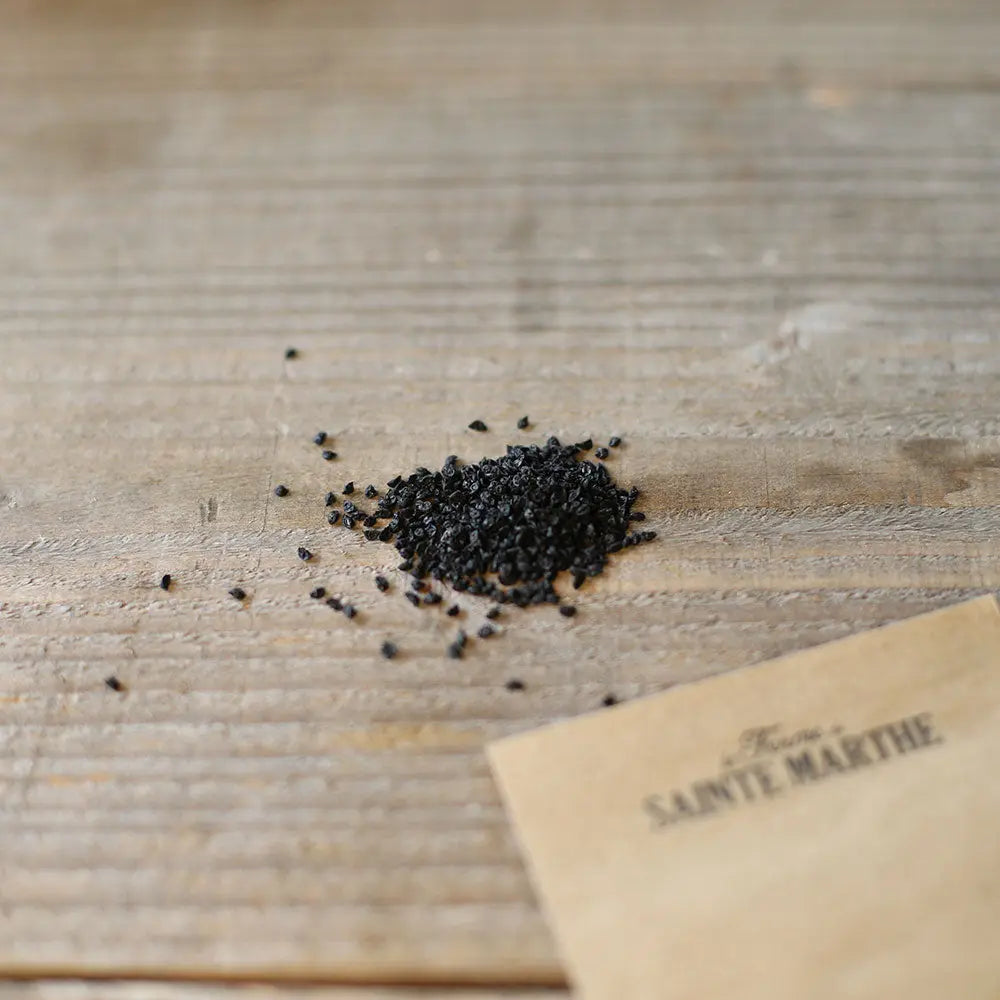GENNEVILLIERS LEEK 2 AB
Allium porrum
The Gennevilliers leek has been cultivated in Gennevilliers since the beginning of the 20th century. It is particularly suited to the Parisian terroir and harsh winters, producing long stems (23 cm white), renowned for their flavor.
Successful Sowing of Gennevilliers Leeks
Sowing under cover: From February to April.
Sowing in open ground: From March to May.
In March, loosen the soil with a broadfork and sow in a nursery bed in 1 cm deep furrows, spaced at least 5 cm apart. Place one seed every centimeter. Cover with potting soil, firm down lightly, and water. Keep the soil moist for 3 weeks until the leeks emerge.
In May/June, transplant the seedlings into place once they reach the size of a pencil.
Planting Leeks
Prune the roots and leaves, leaving only a third of their length, to encourage the production of new roots and limit water evaporation from the leaves.
Soak the roots in a mixture of water and soil.
Plant the young leeks in May/June in fresh, rich, well-fertilized soil, 15 cm apart, in rows 35 cm apart. Plant the leeks 10-15 cm deep, then earth them up after a few weeks of growth.
Ensure frequent watering with light rain to avoid pests, and apply mulch.
Good Associations
Leeks grow well between rows of carrots. The smell of leeks repels carrot flies, while the presence of carrots repels leek moths.
The Enemies
Leek moth or leaf miner: Use an insect repellent veil as a preventative measure and pheromones to combat the leek worm.









